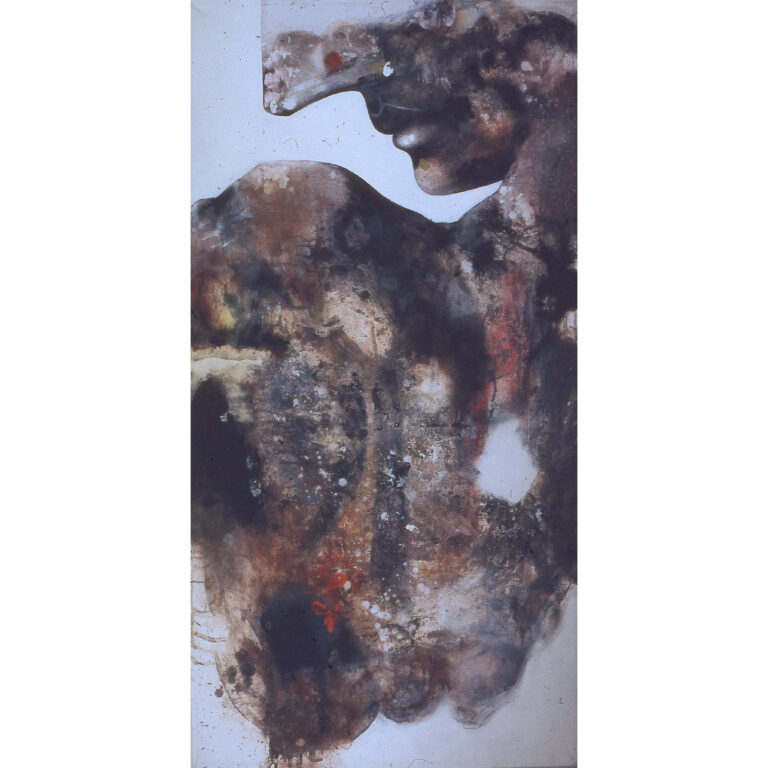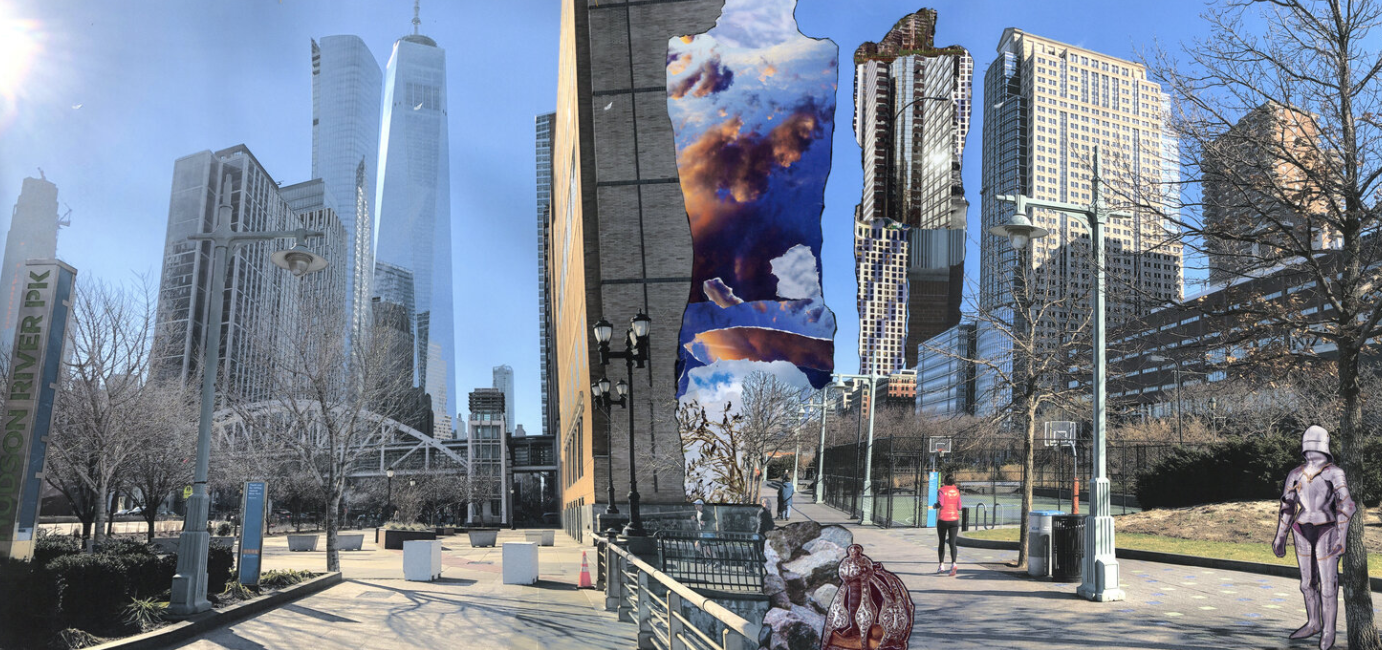What is ChatGPT?
The acronym “GPT” in ChatGPT stands for “Generative Pre-trained Transformer,” indicating that ChatGPT has undergone training with deep learning algorithms to perform natural language processing tasks and generate coherent text or other data sequences in response. Educators across various disciplines have recognized the potential of Generative AI tools like ChatGPT in educational planning and course design (e.g. Atlas, 2023; Okulu & Muslu, 2024; Tupper et al., 2024). Researchers argue that the integration of Generative AI has shifted the educational focus from imparting factual knowledge to fostering critical reasoning and thinking skills, as well as enhancing digital information literacy (Chiu, 2023; Tlili et al., 2023).
Steps to create a lesson plan with ChatGPT
Step 1:
Create a ChatGPT account at http://chatgpt.com with your email address. Alternatively, you may use your existing Google account or Apple ID to access ChatGPT. A regular account is free of charge and can be created instantly.
Step 2:
Use a backward design approach to develop lesson plans with the assistance of ChatGPT. Start by providing a set of desired learning outcomes and objectives. Then, formulate prompts to ask ChatGPT to design instructional activities and assessments that align with those goals. Continue refining your prompts, asking ChatGPT to enhance or add to her responses by specifying what you expect to see in the lesson plan.
Examples:
-
A lesson plan that integrates the ideas and concepts of The Fluidity of Gender using the first paragraph on The Fluidity of Gender
- Prompt: Please design a lesson plan for high school students with The Fluidity of Gender: Sculpture by Linda Stein (FoG) with an art-making activity. The FoG exhibition explores the continuum between the binaries of masculinity and femininity, while inspiring the compassion, empathy and bravery it takes to become an upstander rather than a bystander. Have Art Will Travel! (HAWT) asks people to re-invent and visualize bravery for themselves, to look at the armor they wear, the safety they seek. The artist says, “with my androgynous forms, I invite the viewer to seek out diversity in unpredictable ways, to ‘try on’ new personal avatars and self-definitions, knowing that every new experience changes the brain’s structure, and inspires each of us to a more authentic self.”
- Second query to see how the lesson plan design aligns with a particular set of standards: How is this lesson plan align with California Arts Standards?
- Third query to ask to develop a sculpting project: Can you do a lesson plan with the same focus on Linda Stein’s The Fluidity of Gender: Sculpture but with a sculpting project?
- Fourth query to request a collaborative aspect in the lesson plan: Can you revise it into a collaborative sculpting project?
- See ChatGPT’s responses: https://chat.openai.com/share/e2b470e9-24ae-4196-bcc5-2c06b92ad344
-
Agency lesson plan with interactive story game based on the content on Agency: Creating Interactive Stories on Becoming a Brave Upstander
Here I borrowed the entire paragraph on the Agency page to give ChatGPT a clear context of what the lesson plan is about. The part that was copied from the page is italicized.
-
- Prompt: Please help me create a lesson plan for middle school students that focuses on the theme of agency and the following information: Agency is a foundational concept of interactivity and the currency of game design. Create an interactive story game of the 4 Bs with the possibility of becoming a brave upstander. Making choices in the story reveals how there is never a single story about any place or people. Create an interactive story game using Twine or Inklewriter, or other open-source apps for creating and sharing nonlinear stories. The stories should include possibilities for becoming a brave upstander. Definitions of the 4 Bs: (4Bs coined by Linda Stein. Learn more about the 4Bs from Stein’s Holocaust Heroes: Fierce Females Film, 2015) Bully: A person who targets another, often supported by a group, to intimidate (such as with hurtful rumors using social media) or act aggressively toward another with threats or violent actions. Bullied: A person who is the victim of bullying and may suffer depression, social withdrawal, physical injury, addiction, self-harm, and even suicide. Bystander: A person who is knowledgeable about unjust acts, such as bullying, and does nothing to prevent the injustice. Brave Upstander: A brave upstander joins with others, or stands alone, to protect others from violent circumstances in everyday experiences, such as bullying, or actively engages in promoting the wellbeing of others to balance inequalities or oppression.
- See the lesson plan created by ChatGPT: https://chat.openai.com/share/daa7759d-ce7f-488e-bca7-9bf91fba559e
-
Upstander lesson plan with H2F2 based on Upstander Encounters with H2F2
- Prompt: Can you create a lesson plan that engages the encounters with artist Linda Stein’s Holocaust Heroes: Fierce Females series as catalysts for awareness of and intended behavior to be an upstander?
- Second query: Can you revise this lesson plan to be targeting fifth graders including an art-making component?
- Third query: Please create the pre, formative, and summative assessment plans for the above lesson plan.
- Fourth query: Please create a grading rubric for this lesson plan.
- Query to revise the lesson plan to have different art making component: Can you do a lesson plan similar to the above but with a video creation component?
- See ChatGPT’s responses: https://chat.openai.com/share/0e761ca8-45c2-48be-bc61-647ca5614bc9
References:
- Atlas, S. (2023). ChatGPT for higher education and professional development: A guide to conversational AI. https://digitalcommons.uri.edu/cba_facpubs/548
- Chiu, T. K. F. (2023). The impact of Generative AI (GenAI) on practices, policies and research direction in education: A case of ChatGPT and Midjourney. Interactive Learning Environments, 0(0), 1–17. https://doi.org/10.1080/10494820.2023.2253861
- Okulu, H. Z., & Muslu, N. (2024). Designing a course for pre-service science teachers using ChatGPT: What ChatGPT brings to the table. Interactive Learning Environments, 0(0), 1–18. https://doi.org/10.1080/10494820.2024.2322462
- Tlili, A., Shehata, B., Adarkwah, M. A., Bozkurt, A., Hickey, D. T., Huang, R., & Agyemang, B. (2023). What if the devil is my guardian angel: ChatGPT as a case study of using chatbots in education. Smart Learning Environments, 10(1), 15. https://doi.org/10.1186/s40561-023-00237-x
- Tupper, M., Hendy, I. W., & Shipway, J. R. (2024). Field courses for dummies: To what extent can ChatGPT design a higher education field course? Innovations in Education and Teaching International, 0(0), 1–15. https://doi.org/10.1080/14703297.2024.2316716



